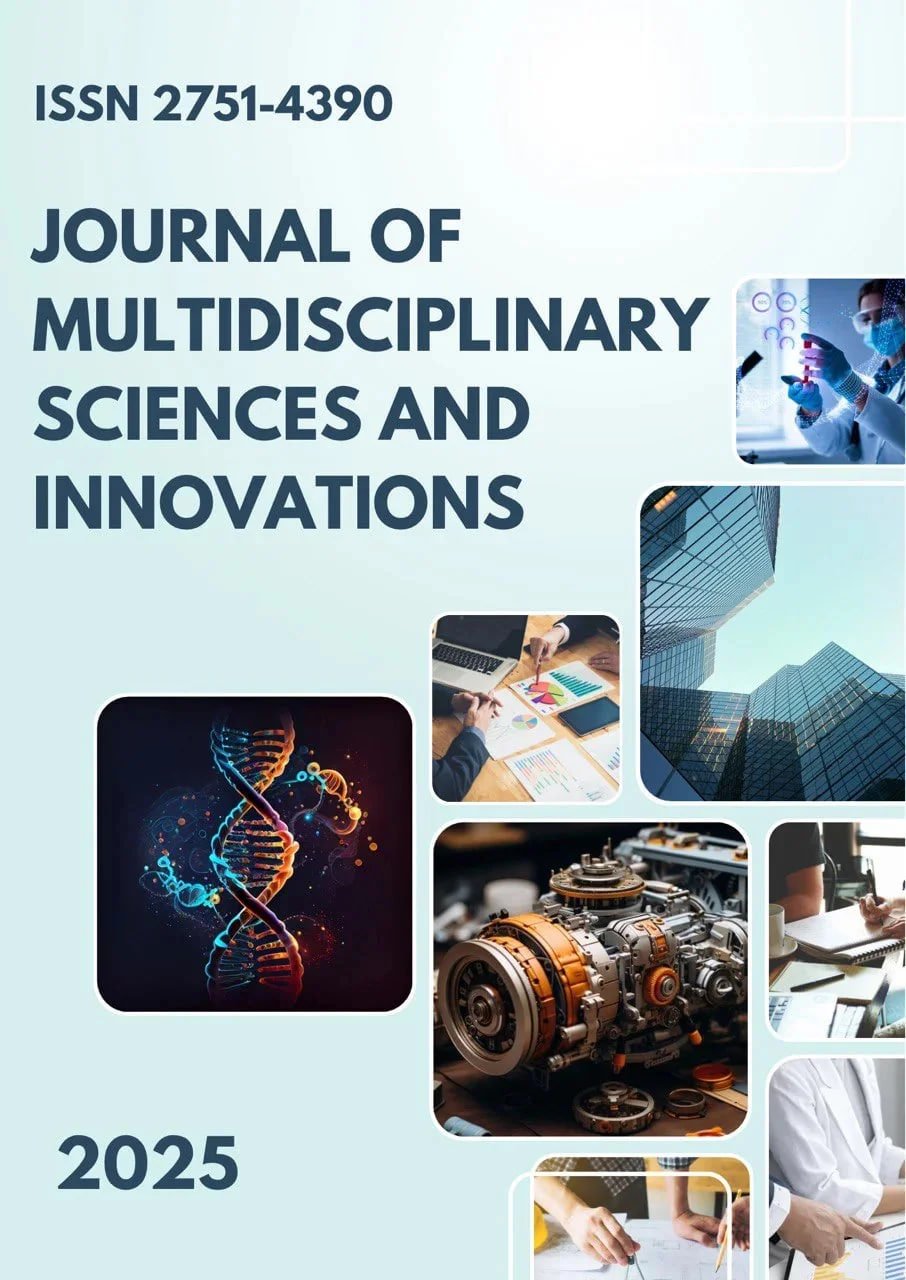GENETIC EDITING AND BIOETHICS: ETHICAL BOUNDARIES OF CRISPR TECHNOLOGY
Main Article Content
Abstract
This article examines the ethical challenges posed by the rapid advancement of CRISPR technology in genetic editing. While CRISPR offers unprecedented potential for treating genetic disorders and improving human health, it also raises profound bioethical questions regarding safety, consent, equity, and the potential for misuse. The study analyzes current international ethical frameworks and scientific guidelines to propose boundaries for responsible application. The goal is to balance innovation with respect for human dignity and social justice.
Downloads
Article Details
Section

This work is licensed under a Creative Commons Attribution 4.0 International License.
Authors retain the copyright of their manuscripts, and all Open Access articles are disseminated under the terms of the Creative Commons Attribution License 4.0 (CC-BY), which licenses unrestricted use, distribution, and reproduction in any medium, provided that the original work is appropriately cited. The use of general descriptive names, trade names, trademarks, and so forth in this publication, even if not specifically identified, does not imply that these names are not protected by the relevant laws and regulations.
How to Cite
References
1.UNESCO. (2005). Universal Declaration on Bioethics and Human Rights.
2.World Health Organization. (2021). Human Genome Editing: Recommendations and Ethical Considerations.
3.National Academies of Sciences, Engineering, and Medicine. (2017). Human Genome Editing: Science, Ethics, and Governance.
4.Doudna, J.A., & Charpentier, E. (2014). The new frontier of genome engineering with CRISPR-Cas9. Science, 346(6213), 1258096.
5.National Institutes of Health. (2023). Guidelines for Research Involving Gene Editing.
6.Baylis, F., & Robert, J.S. (2020). Ethics of germline gene editing. Annual Review of Genomics and Human Genetics, 21, 169–190.

